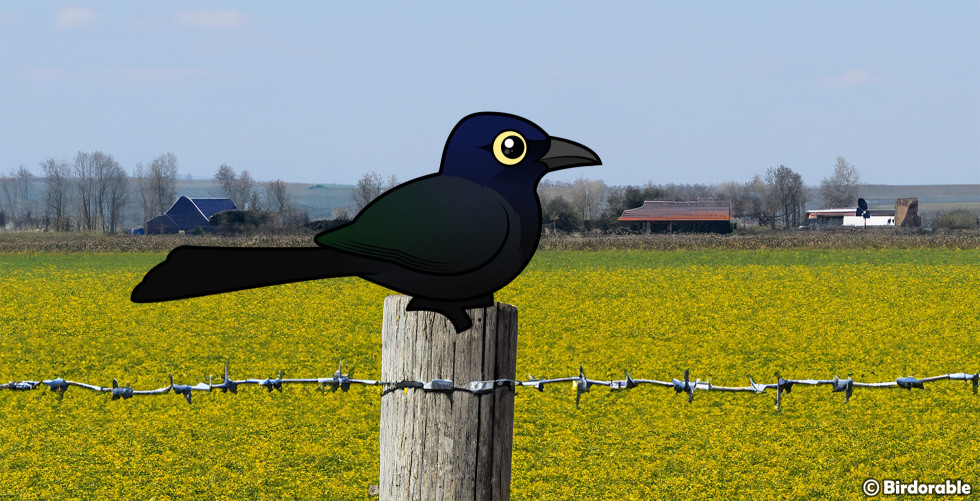Beyond the Noise: The Adaptive Life of Great-tailed Grackles

One of the most striking features of the Great-tailed Gracklee is the dramatic difference in appearance between males and females. The males boast an iridescent black plumage that shimmers in the sunlight, complementing their impressive long tails that add a touch of elegance to their overall silhouette. Females, on the other hand, wear a more subdued dusky brown color that blends seamlessly into the landscapes they inhabit.
Despite their beauty, Great-tailed Grackles are often branded as noisy pests, a reputation that stems from their diverse and robust vocal repertoire. These birds are not shy about making their presence known, whether through loud calls, clicks, or whistles. This vocal prowess is not mere noise but a complex language used to communicate within their social groups, attract mates, and ward off predators.
Great-tailed Grackles are remarkably adaptable, thriving in a variety of environments from agricultural lands to urban areas. This adaptability has allowed them to expand their range significantly, making them a common sight in many parts of their distribution area. Their ability to coexist with humans is a double-edged sword; while it has facilitated their proliferation, it has also led to conflicts, particularly in urban settings where their numbers can become overwhelming.
Their social structures are another aspect of their fascinating biology. Great-tailed Grackles are known for their complex social interactions, which include forming large roosts that can number in the thousands. These gatherings are a sight to behold, as the birds come together in the evenings, filling the sky with their numbers and the air with their calls. The formation of these large groups is a survival strategy, offering protection in numbers from predators and a chance for individuals to interact socially.
Despite the challenges they face, including habitat loss and the often negative perception by humans, Great-tailed Grackles have shown remarkable resilience. Their ability to adapt to changing environments and exploit new resources demonstrates their intelligence and resourcefulness. These qualities, combined with their striking appearance and dynamic behaviors, make them a fascinating subject of study and observation.








Comments
Be the first to comment
Thank you!